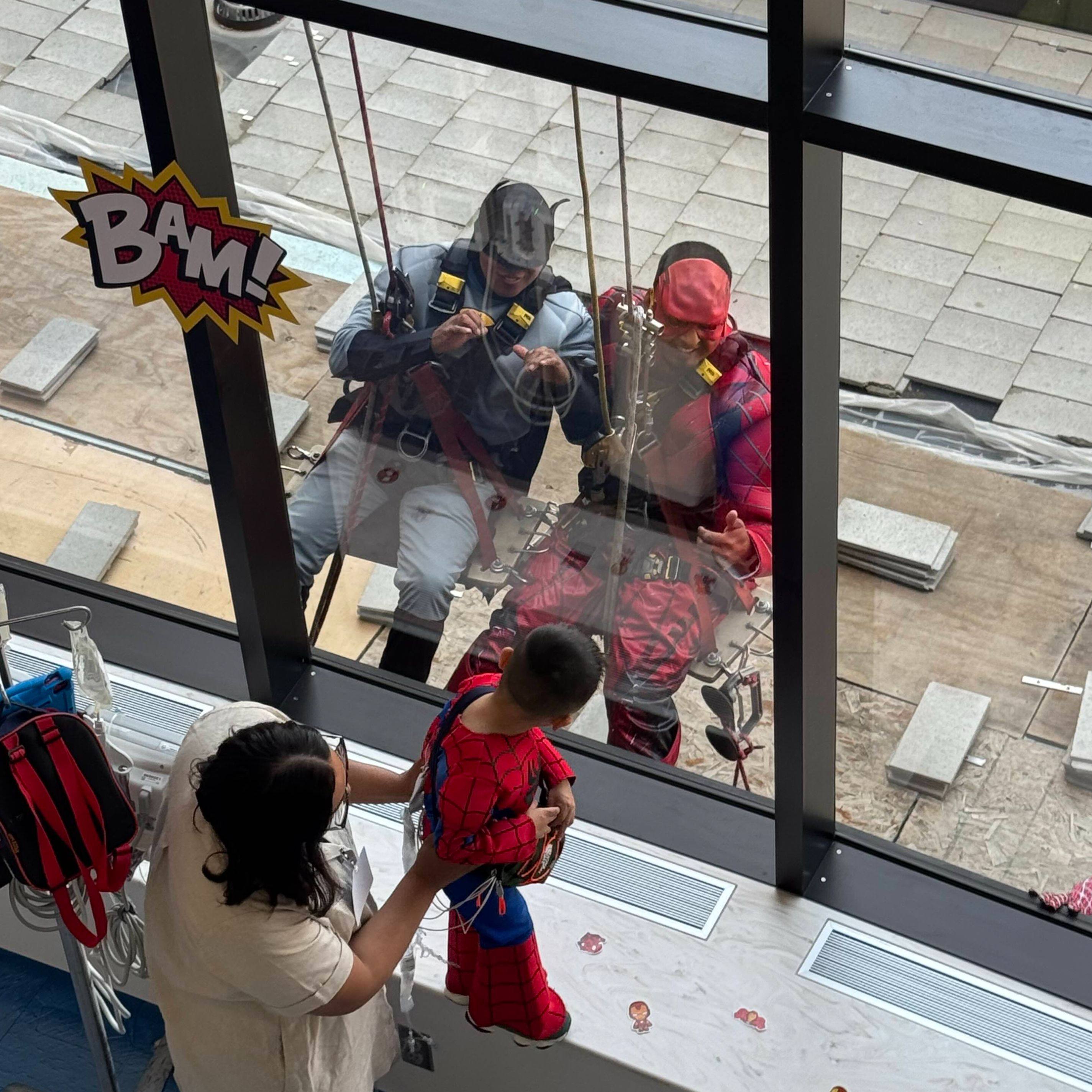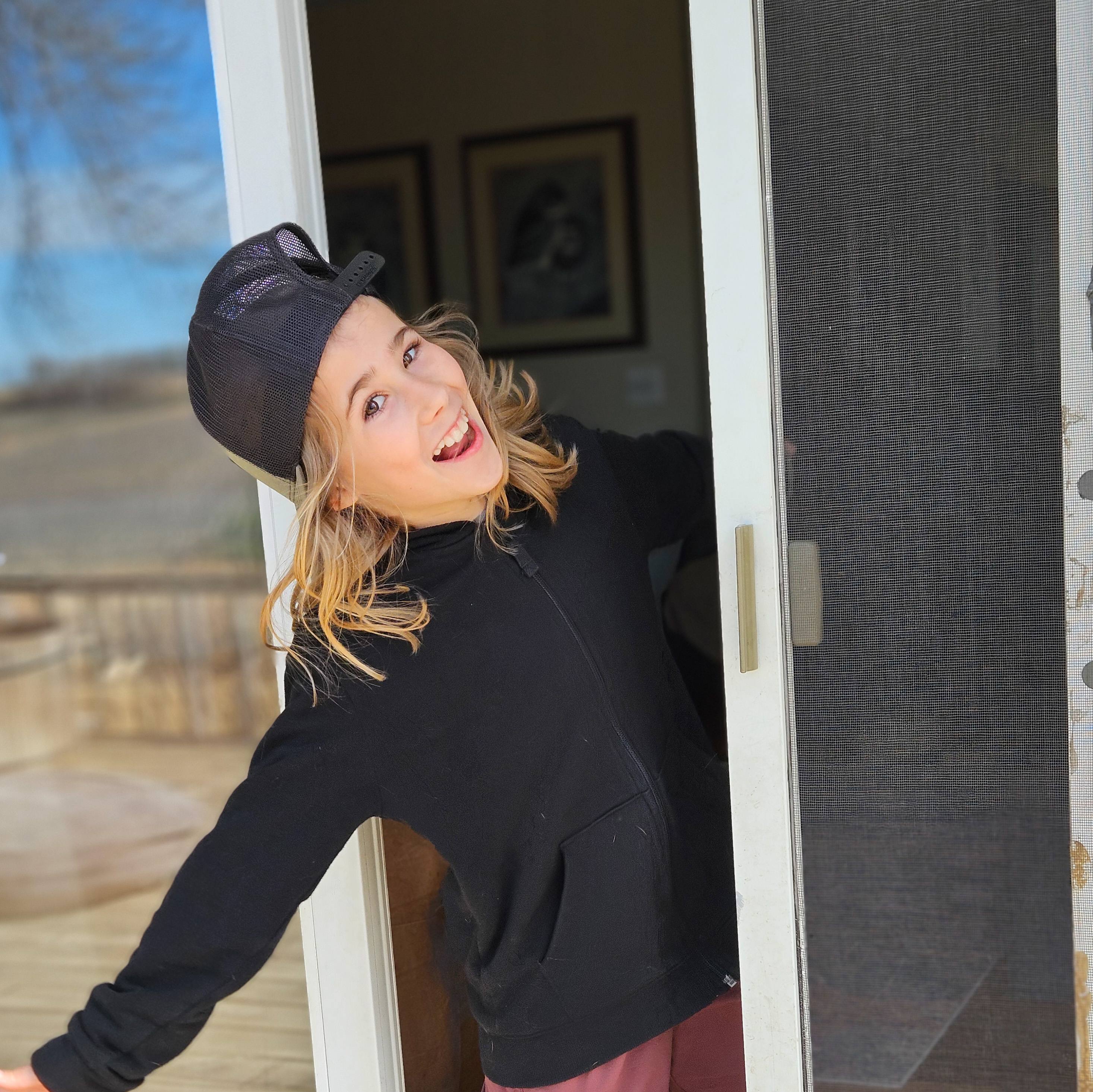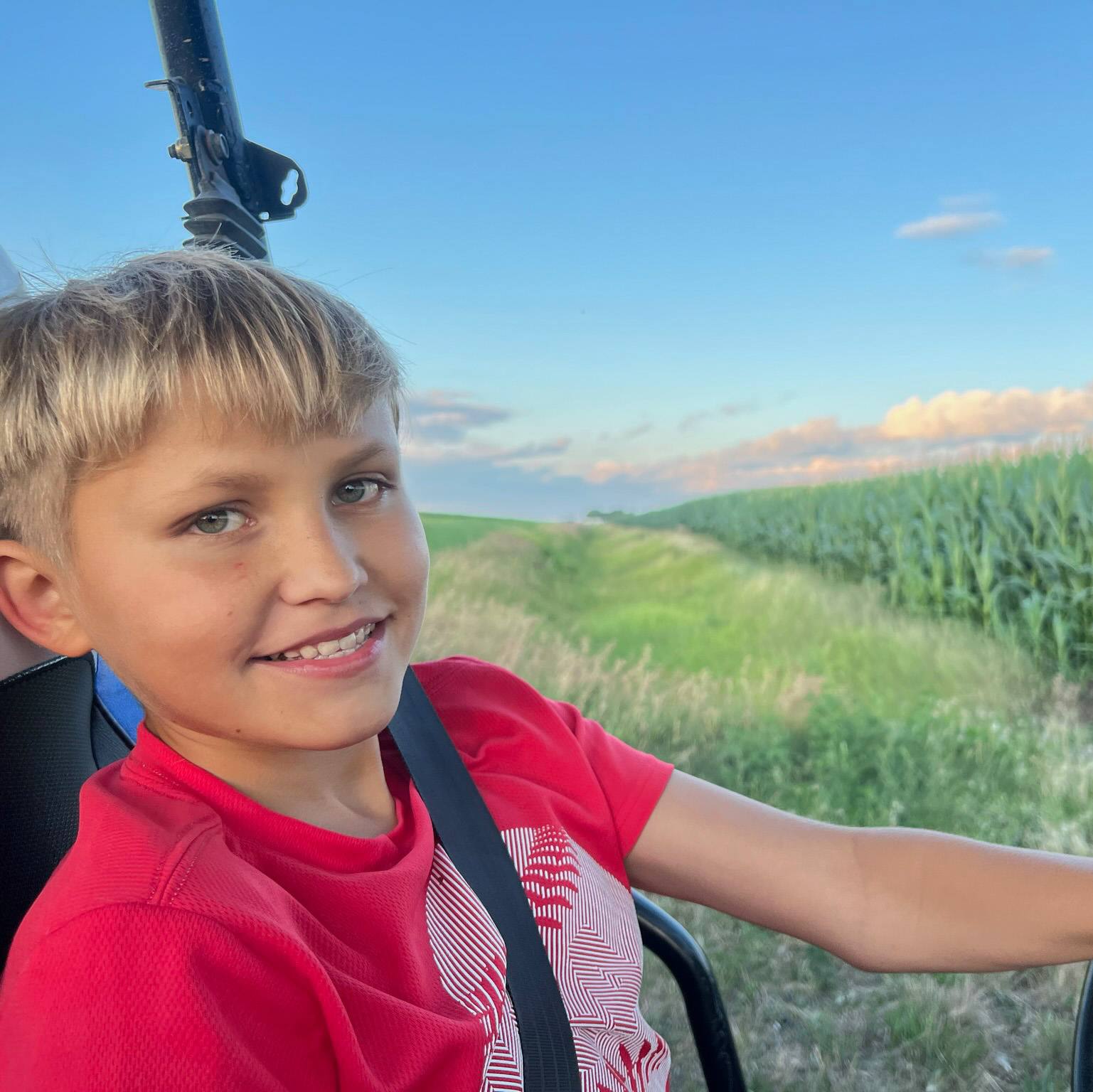
DEAR MAYO CLINIC: My granddaughter was diagnosed with a severe case of scoliosis. What is scoliosis, and what treatments are available?
ANSWER: Scoliosis is a side-to-side curvature of the spine that can occur in about 1 in 300 children. In growing children, curves can progress rapidly, especially during the adolescent growth spurt.
Growth plates, which are compressed, grow more slowly, resulting in progressive wedging of the vertebra and scoliosis progression. Large curves can continue to progress slowly in adulthood, eventually causing problems with quality of life and even breathing.
Typically, braces can be prescribed to treat mild or moderate curves by holding the spine in a corrected position while the spine grows. Bracing may prevent the curve from worsening, but it does not typically straighten the alignment of a curved spine.
For some children, the curvature of their spine is significant, thus the diagnosis of severe scoliosis. Severe curves can be treated with spinal fusion. This reliable and successful procedure, which has been around since the 1960s, prevents the curve from returning.
With spinal fusion, an 8- to 12-inch incision is made over the back, and the muscles are moved out of the way to reach the spine. Screws and rods are attached to the curved area of the spine, and the spine is pulled into a corrected position. Then small joints over the back of the spine are removed, and the bone is roughened with a high-speed burr.
This process creates a solid sheet of bone or a fusion across the back part of the spine. Depending on where the curve is, between six to 13 vertebrae of the 17 vertebrae in the back are fused to treat scoliosis, with anywhere from 14 to 24 screws and two solid metal rods being used.
After fusion however, the spine no longer grows over the area where the spine is fused, and the spine does not move over the area that is fused. In most cases, the unfused area of the spine can compensate, and children have normal function and acceptable spine motion. After a fusion surgery, children are in the hospital for three to four days and could miss about three weeks of school. Most children can return to normal physical activity and play most sports within 12 weeks after surgery.
In rare cases, patients will require a second surgery. Based on research, only about 2% of patients need a second surgery within the two years of the first procedure.
Once a fusion surgery is performed, there is no reason to perform a nonfusion procedure. However, newer surgeries that do not involve fusion are available to treat scoliosis.
The goal of these nonfusion surgeries is to correct the scoliosis but still allow for the spinal growth and motion. However, the long-term results of these procedures are not known.
To date, the risk of needing a second surgery is higher after a nonfusion surgery ― up to 10%–20% chance within two years of the procedure. Two devices approved by the Food and Drug Administration (FDA) are used for nonfusion spine procedures to treat scoliosis ― both through a special humanitarian approval.
The first device is used for vertebral body tethering. The spine is accessed through 1-inch incisions in the side, and a special camera is used while performing the surgery. Metal screws are placed in the vertebrae where the spine is curved, and a plastic cord connects these screws. The cord is tensioned to shorten the long side of the scoliosis curve, acting as an internal brace.
As some children continue to grow, the curve continues to correct over time. The cord is flexible so the spine still can move.
Problems with this procedure include the technical difficulty of performing the procedure safely and predicting how much to correct the scoliosis during the surgery. Younger patients may require a second surgery to remove the cord when the spine is fully corrected. Other times, the cord does not correct the curve enough, and a fusion surgery may be required.
The second approved device is used to perform posterior dynamic distraction. A 6- to 8-inch incision is made over the back. The muscles on one side of the spine are moved out of the way. Three screws are placed and connected with a single rod that has two ball bearing joints to allow for motion.
Patients usually spend one night in the hospital and can return to sports in eight to 12 weeks. In 10%–20% of patients, a second surgery is required because the screws can loosen, the device can break, and the scoliosis curve can progress or worsen.
For young children, similar rods can be used that contain a special magnetic device. These are called magnetic growing rods. The rods are fixed to the spine above and below the scoliosis curve.
Patients come to the clinic four times per year, and the rods are lengthened several millimeters at a time with the child awake. After the child has completed most of his or her growth, these rods are removed during a second surgery, and the spine is fused in a corrected position. These rods also have a high rate of an unplanned surgery, with reports of up to 30%–40% of patients needing surgery within two years.
While significant advancements have been made to treat childhood scoliosis, early detection and treatment with bracing are always the first choice. For more severe scoliosis, families now have treatment options. Ongoing research and advances in these nonfusion strategies will improve the outcomes and reduce the chance of needing multiple surgeries in the future.
For now, fusion is the most reliable option, but some patients and families may prefer a nonfusion approach to preserve motion and spinal growth, and these safe, FDA-approved options are available now. — Dr. A. Noelle Larson, Orthopedic Surgery, Mayo Clinic, Rochester, Minnesota
****************************
Related Articles
- Sharing Mayo Clinic: Moving again after surgery to correct scoliosis published 11/7/21
- Mayo Clinic Minute: Scoliosis is not just for kids published 5/4/21
Related Articles







